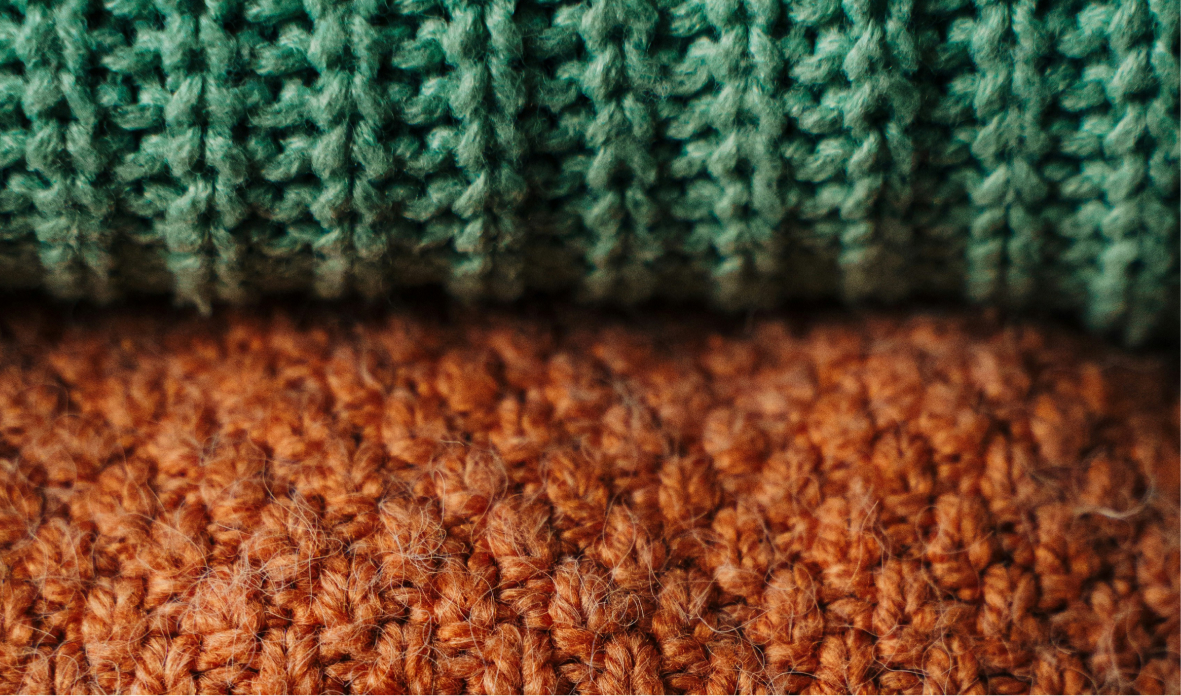Textile Recycling Woes: Why Do So Many Clothes End Up in Landfills?

Join the community





What should we do with all the clothes that come out of closet cleanouts? If they are clean and wearable, we can give them to thrift stores or donate them. But what if they are torn up, stained, or no longer wearable?
Unfortunately, there are no straightforward answers here. As a result, a lot of these clothes end up in landfills or are incinerated. In fact, a rubbish truck full of clothes ends up is landfilled or burnt every second. Are you wondering why we can’t put them for curbside recycling like paper, metal or glass?
Why is it hard to recycle clothes?
Recycling facilities require a steady and consistent source material. Clothes don’t provide that. If you look at any piece of garment in your cupboard, it would mostly be made of fiber blends. Cotton, a natural material, and polyester, which is derived from plastic, is one of the most common blends.
On top of that, there are accessories and fixtures like buttons, zips, tags and labels, which are made of metals and plastics. It is hard to separate and sort all of these materials.
This makes textile the sorting and processing of textiles for recycling really complex. It’s a labor intensive process and requires skills and expertise.
Many fabrics are also dyed with chemicals which impact the recycling process.
Recycled clothes produce lower quality fabric
Two of the main ways to recycle textiles is through chemical or mechanical manufacturing. Manufacturers use chemical fiber recycling for materials like polyester and nylon, but the process involves multiple steps and chemicals. This makes the entire process expensive and harmful to the environment.
Some recyclers also use mechanical fiber recycling to recycle some blends. This process shreds and pulls fabrics into fibers.
Mechanical fiber recycling produces fibers of shorter lengths that have lower quality and strength compared to virgin fibers and cannot be used to produce textiles. Instead, it downcycle them to be used for thermal insulation, noise insulation, or carpets.
Recyclers can also recycle natural fibers like wool and cotton mechanically. The resulting fiber is of lower quality and it is mixed with virgin cotton to ensure an overall good product.
Researchers have made advancements beyond chemical and mechanical textile techniques on how to recycle clothes but these are still at the research stage. For example, they can feed cotton and polyester blends to fungi for separation, and use hyperspectral cameras to identify different types of fabric.
As people adopt these sustainable technologies more widely and replace plastic-based fabrics, fewer clothes will end up in landfills. However, consumers also have a responsibility to contribute to this effort.
How can you prevent clothes from ending up in landfills?
As consumers, we have the power to change our fashion behavior to reduce the impact on the planet. An average American has been estimated to throw away around 80 pounds of clothes every year.
Mending your own clothes might sound daunting. We have created a Mending 101 Guide for you to get started. This can increase the lifespan of your clothes, keep them out of landfills and help you save money.
We can also reduce our consumption by moving away from fast fashion and investing in clothes that last longer. When buying new pieces, consider the cost per wear rather than the initial cost. For instance, if you purchase a sustainable, ethical clothing piece of high quality for $100 and wear it 50 times, it would only cost $2 per wear.
In contrast, a fast fashion item that costs $20 but is only worn four times would have a cost per wear of $5, making the sustainable clothing piece more economical in the long run.
Another great solution is to buy secondhand clothes. When you buy secondhand, you keep the item in use for longer and prevent it from ending up in a landfill.









.png)


